Differences Between Frogs and Toads
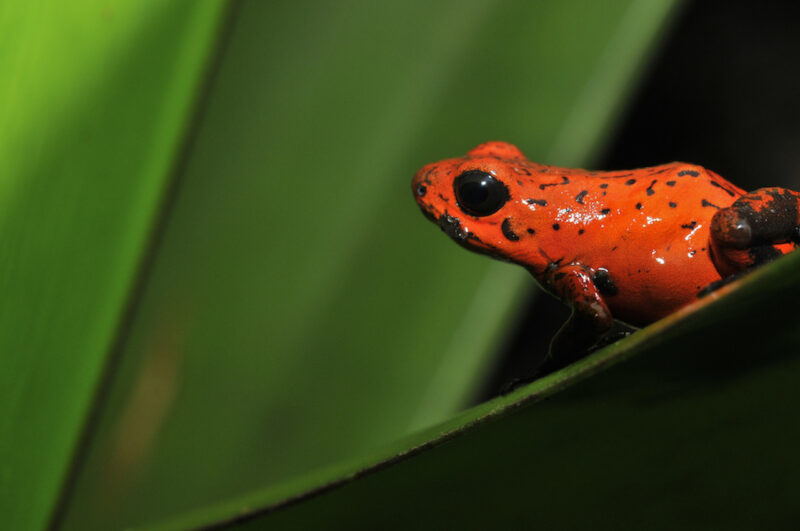
This small-mass land of central America known as Costa Rica has a great diversity of amphibians this provides good environmental conditions thanks to its geographic position in the tropics and its geology history that created different kinds of ecosystems where they inhabit and are well adapted. There are around 216 amphibians that are classified into three orders which are Anura, Caudata and Gymnophiona.
All the frogs and toads belong to the Anura order, it means “without tail or tailless” in Latin. There are around 6,600 species worldwide of these vertebrate animals and Costa Rica is home to 155 species that are divided into 12 families.
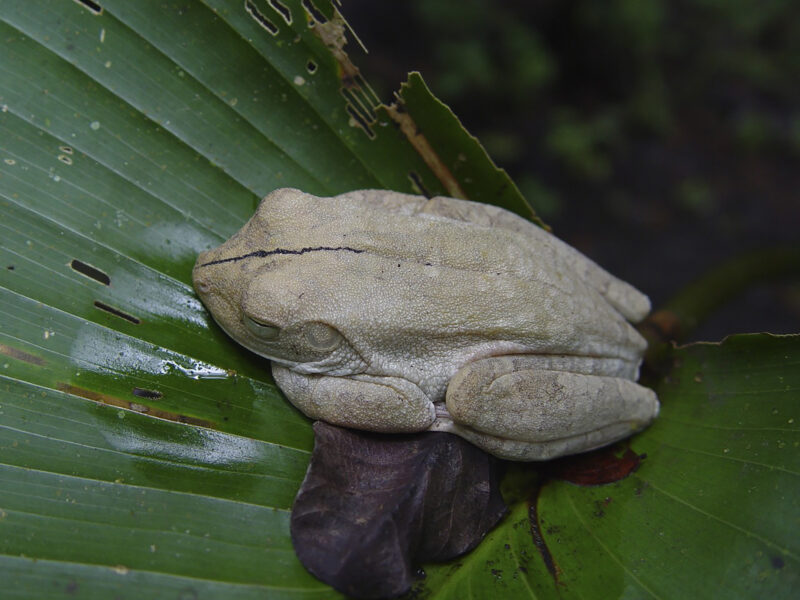
One of the most common questions about this topic is “What are the main differences between frogs and toads?”. This could create confusion because some species of frogs have similar characteristics to toads as well as other toads sometimes present features of frogs but do not worry because there are just a few exceptions.
Basically, you can notice one of the main differences in the skin, for example, toads have warty skin with dark colour patterns while frogs have smooth skin and the majority of them are colourful. Therefore, toads have these dull colours due to most of them live on the ground, so they can camouflage in a better way with the leaf litter in order to avoid predators. One of the widespread toad species in the country is the Cane Toad. (Rhinella horribilis), but during our Night Walk tours you will have the opportunity to see and photograph other toads such as Dry Forest Toad (Incilius coccifer), Yellow Toad (Incilius luetkenii), and Pacific Forest Toad (Incilius aucoinae).
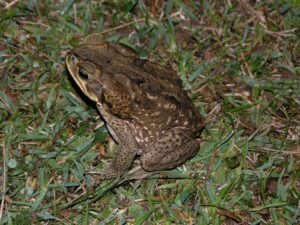
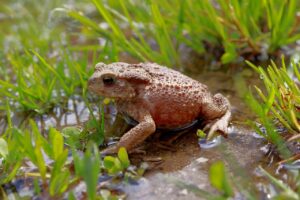
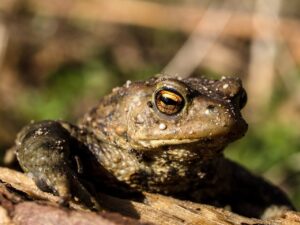
On the other hand, frogs have beautiful colors, and their skin looks wetter. Some of them that are arboreal, known as “tree frogs” are greenish or yellowish to remain very hidden in the top of the trees and different kinds of vegetation that grow in the forest canopy. One of the most popular tree frogs is the Red-eyed leaf frog (Agalychnis callidryas) but also you will be able to see others like the Milk Frog (Trachycephalus typhonius) or Masked Frog (Smilisca phaeota), Hourglass Frog (Dendropsophus ebraccatus) as well as the famous glass frogs like the Granular glass frog (Cochranella granulosa) and Cascade glass frog (Sachatamia albomaculata).
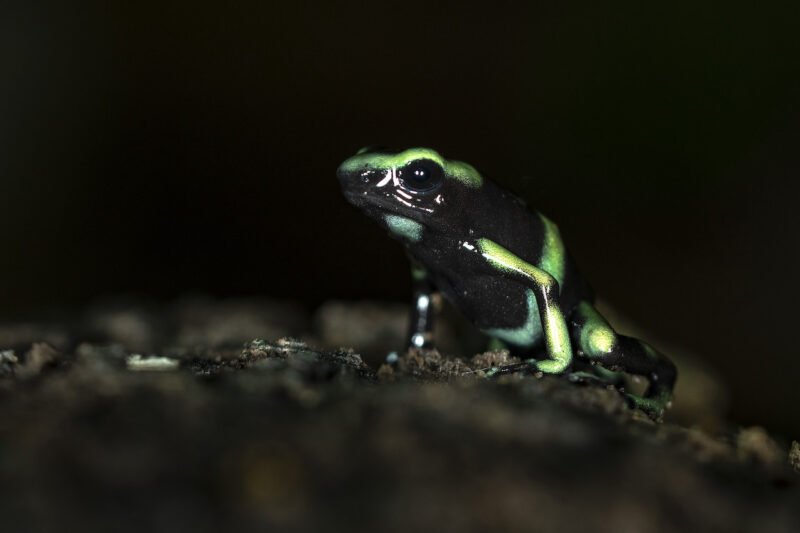
In addition, another difference is that frogs have longer hind limbs, which means that they can jump farther than toads, for that reason toads tend to crawl most of the time because they have shorter limbs. Additionally, frogs have webbed feet, because they tend to inhabit the water or at least very close to water bodies. In fact, if you get close to one of the tree frogs, you can see that they have expanded round disks at the tips of their toes, that is the feature that allows these frogs to stick to the vertical surfaces of the branches and leaves of several plants.
Furthermore, only some toads like Cane Toads have parotid glands on both sides of their nape where they store a milky secretion of toxins that work as a method of defence. So, if some predator tries to bite it, it will poison it and can kill it. Finally, some other frogs have aposematic colours, for instance in Carara National Park it is common to find the Green and Black Poison dart frog very active next to the trails. The main purpose of the colours is to warn predators and let them know they are very toxic.
Author: Yostin Rojas- Nature Group Costa Rica’s Guide.
